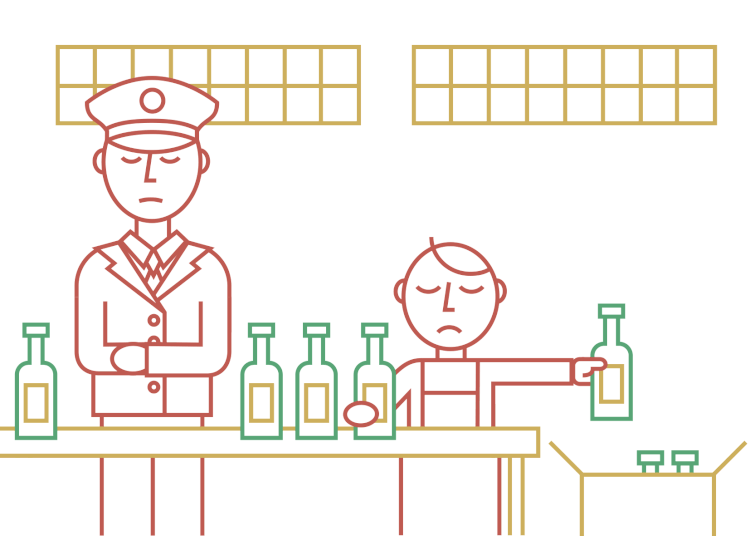“Addressing child labour risks – Q&A to support companies’ due diligence”
CHILD LABOUR Q&A
Avoiding child labour and integrating respect for children’s rights in operational procedures were long considered a “best practice” rather than an integral component of business management. In recent years, however, regulatory requirements for corporate human rights due diligence have risen. Even more so for adverse impacts on child labour, as new laws obliging companies to conduct a due diligence for child labour are being adopted, e.g. in Switzerland and the Netherlands.
But what exactly is child labour, and how are companies expected to address child labour risks in their value chains?
focusright created a Q&A to answer the most important questions for companies that strive to manage their child labour risks proactively and systematically in line with international standards.






